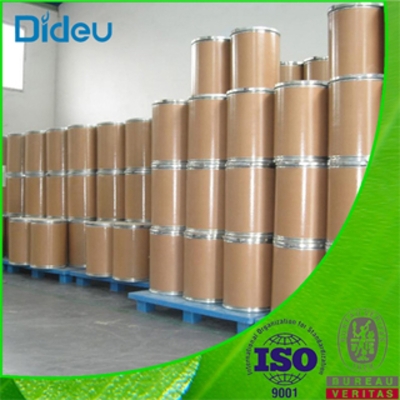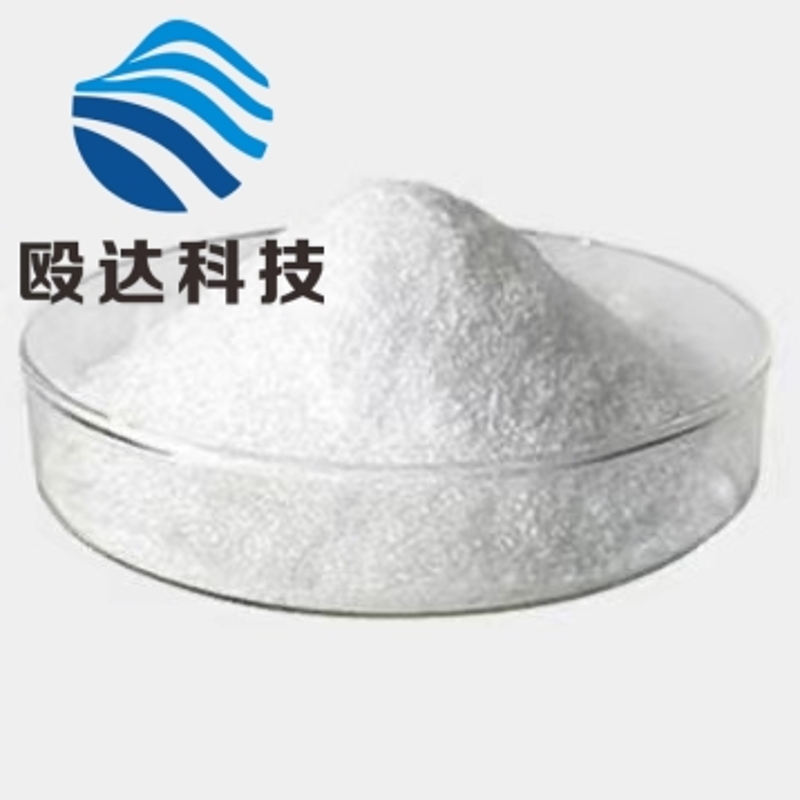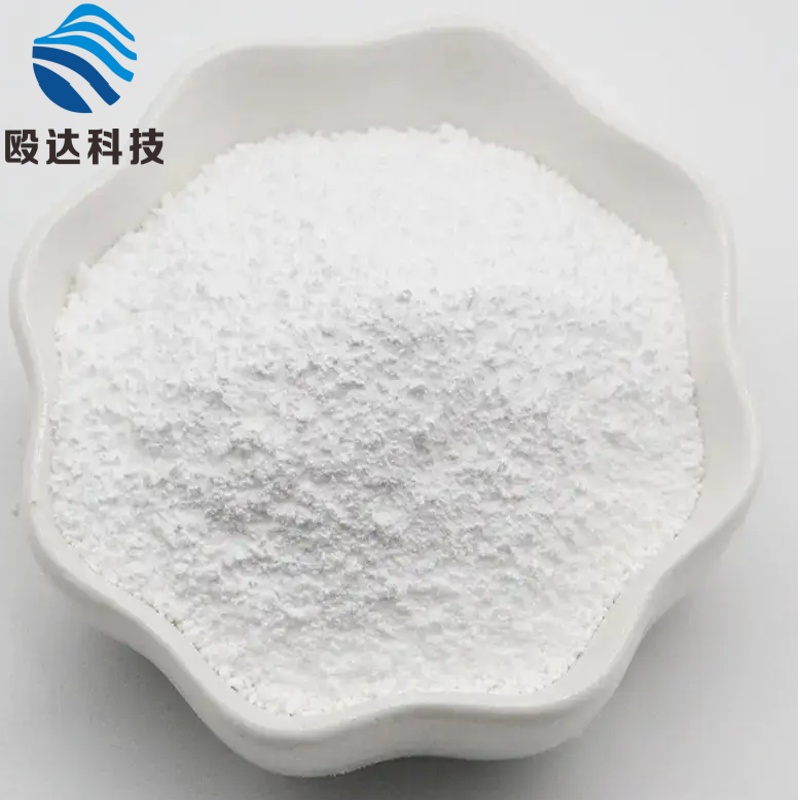-
Categories
-
Pharmaceutical Intermediates
-
Active Pharmaceutical Ingredients
-
Food Additives
- Industrial Coatings
- Agrochemicals
- Dyes and Pigments
- Surfactant
- Flavors and Fragrances
- Chemical Reagents
- Catalyst and Auxiliary
- Natural Products
- Inorganic Chemistry
-
Organic Chemistry
-
Biochemical Engineering
- Analytical Chemistry
- Cosmetic Ingredient
-
Pharmaceutical Intermediates
Promotion
ECHEMI Mall
Wholesale
Weekly Price
Exhibition
News
-
Trade Service
2-(Benzylideneamino)-2-methylpropan-1-ol, also known as midazolam, is a benzodiazepine that is commonly used as a hypnotic, anxiolytic, and sedative medication.
It is also used in the treatment of insomnia, anxiety, and agitation.
The synthetic routes of midazolam have been extensively studied and developed over the years in the chemical industry.
The synthesis of midazolam can be achieved through several methods, each with its own advantages and disadvantages.
One of the most common methods is the synthesis of midazolam through the use of an electrophilic substitution reaction.
This reaction involves the treatment of methyl bromide with benzylidenemethylamine in the presence of a base such as sodium hydroxide.
The reaction produces midazolam as a white solid that is then purified and crystallized.
Another synthetic route for midazolam involves the use of a Grignard reaction.
In this reaction, a Grignard reagent is formed by the treatment of a metal halide, such as magnesium bromide, with a metal catalyst, such as sodium.
The Grignard reagent is then treated with an amine, such as benzylamine, to form the midazolam.
This method is less common than the electrophilic substitution reaction, but it does have some advantages, such as the ease of work-up and the availability of Grignard reagents.
A third synthetic route for midazolam involves the use of an intramolecular electrophilic substitution reaction.
In this reaction, a reactive intermediate, such as an iodoarenium ion, is generated through a series of steps, such as the treatment of a halogenated precursor with a strong acid.
The iodoarenium ion then undergoes an electrophilic substitution reaction with an amine, such as benzylamine, to form midazolam.
In addition to these synthetic routes, several variations and modifications have been developed, each with its own advantages and disadvantages.
For example, one variation involves the use of a reagent called 1,4-diazabicyclo[2.
2.
2]octane (DABCO) to increase the rate of reaction and improve the yield.
Another variation involves the use of a reducing agent, such as lithium aluminum hydride, to reduce the nitro group of a precursor to form midazolam.
Overall, the synthetic routes of 2-(benzylideneamino)-2-methylpropan-1-ol have been extensively studied and developed in the chemical industry, and have led to the development of numerous variations and modifications.
While each route has its own advantages and disadvantages, they all involve the use of reactive intermediates and electrophilic substitution reactions to form the final product.
The synthesis of midazolam is an important process in the chemical industry, as it is widely used as a medication to treat a variety of conditions.







